THE PERSECUTION OF CHRISTIANS - PART 5
The Gothic Tribes, Arian Christianity, Jewish Golden Age under Muslim Rule, Franks, Holy Roman Empire, Great Schism and Crusades
In PART 4, the Romans and Babylons worked together to form Islam. Before Islam formed in the middle East there were many significant events in Europe that would lead to the formation of the Holy Roman Empire, which represented the resurrected fallen Western Roman Empire. When Western Rome fell, it preserved its authoritative power within the Roman Catholic Church and the spreading of the trinitarian doctrine throughout Europe. What’s interesting is the Gothic Tribes who sacked Rome and ended the Western Roman Empire were all labeled Arian Christians, who were labeled heretics by the Roman Catholic Church. So Rome’s first goal was to convert these tribes to the Trinitarian Doctrine so they could rise again.
Arian Christians vs. the Trinitarian Doctrine
The Gothic tribes converted to Christianity sometime between 376 and 390 AD, around the time of the fall of the Western Roman Empire. Gothic Christianity is the earliest instance of the Christianization of a Germanic people, completed more than a century before the baptism of Frankish king Clovis I.
The Gothic Christians were followers of Arianism. Many church members, from simple believers, priests, and monks to bishops and emperors followed this doctrine. Arianism was a label given by the Roman Empire to Christians who didn’t follow their authority. It’s not a coincidence that the Roman Empire’s greatest enemy, the gothic germanic tribes, just so happened to be labelled followers of Arian Christianity.
When the Germanic peoples entered the provinces of the Western Roman Empire and began founding their own kingdoms there, most of them were Arian Christians. The conflict in the 4th century had seen Arian and Nicene factions struggling for control of Western Europe.
The Germanic elites were Arians, and the Romance majority population was Nicene. The Arian Germanic tribes were generally tolerant towards Nicene Christians and other religious minorities, including the Jews.
The apparent resurgence of Arianism after Nicaea was more an anti-Nicene reaction exploited by Arian sympathizers than a pro-Arian development. By the end of the 4th century it had surrendered its remaining ground to Trinitarianism.
In modern day, Freemasons demand all their members to follow the Trinitarian Christian Faith. Why not just say the Christian Faith?
The Supreme Council 33 Degree in the UK force candidates to worship the ‘Trinitarian Christian Faith’:
All candidates for membership of the Ancient and Accepted Rite under the jurisdiction of the Supreme Council for England and Wales must profess the Trinitarian Christian faith and have been Master masons for at least one year in UGLE, or have joined a lodge under UGLE from a recognised Grand Lodge. Affiliation of candidates owing allegiance to other Supreme Councils is permitted only in exceptional circumstances (subject to prior enquiry to the Grand Secretary General) - Source
Isn't it interesting that such an organization famed for it's secretive, mysterious ways in darkness, would demand faith in the trinitarian god to be a member?
Well, it's not the only secretive, mysterious organization to demand faith in the trinity god. The Papal Church of Rome, based at the Vatican, is possibly THE most mysterious organization on earth, which is why Revelation 17 calls her "Mystery Babylon." - Source
And what god does mystery Babylon worship? A "mystery god" called the Trinity, the same as Freemasonry. And have you noticed that the symbol used often in Freemasonry is the triangle? The same symbol that is used for the trinity god.
Freemasons know that the Trinity taught in the Roman Catholic Church comes from a more ancient religion that has nothing to do with Christianity:
It is just possible that some of you are making the remark, “Now what does he mean by introducing religious discussion into Freemasonry?” Far be from me any such intention. I have chosen the title of my remarks of set purpose and for three especial reasons:
1. Because, this country being, at least nominally so far as religion is concerned officially Christian, “The Masonic Trinity and Way of the Cross” is the title which will convey most readily to most of you a conception of the Spiritual Experiences which I want to consider.
2. Because the Trinity and the Cross are very much older and more universal than Christianity and I want to consider them in their universal bearing, although I will take most of my illustrations from the Christian Mythos. And
3. Because I do not speak to you as a priest, or even as a Christian, but as a humble student of the Holy Catholic Faith, which those who understand it will find in every manifested religion in the World. Every religion is founded upon the Gospel of Catholicism, which phrase means literally “God’s Word of Universality,” or “God’s universal Plan.” Sometimes lost or forgotten, often overlaid or overlooked, seldom realised or understood, it is always fundamentally the same. It is Religion, with a capital “R” - Source
And what is the Vatican seeking to do? UNITE all churches and faiths in the Trinity:
"Interreligious solidarity based on belief in Trinity - In the document, the Pontifical Council for Interreligious Dialogue and the World Council of Churches find a basis 'for interreligious solidarity in our belief in the God who is one in three Persons, the Father, Son, and Holy Spirit." - source
"The mystery of the Trinity is the central doctrine of the Catholic Faith. Upon it are based all the other teachings of the church."
- Handbook for Today's Catholic, Revised Version, p. 19 - source
Most of the Germanic tribes who invaded the Roman Empire had adopted Christianity in its Arian form, which the Catholic Church declared heretical. The resulting religious discord between Germanic rulers and Catholic subjects was avoided when, in 497, Clovis I, the Frankish ruler, converted to orthodox Catholicism, allying himself with the papacy and the monasteries. The Visigoths in Spain followed his lead in 589, and the Lombards in Italy in the course of the 7th century.
Clovis I, is known as one of the first members of the Merovingian Dynasty. This dynasty is still worshipped to this day by Knights Templar and Freemasons, most likely because he merged Europe under the Trinitarian Doctrine of Rome. The fall of the Western Roman Empire occurred in 476 AD but we can see the continued authority of the Roman Catholic Church within the Merovingian Dynasty until 751 AD.
Roman Catholicism was introduced to the Franks by their contact with Gallo-Romanic culture and later further spread by monks. Merovingian kings and queens used the newly forming ecclesiastical power structure to their advantage. Monasteries and episcopal seats were shrewdly awarded to elites who supported the dynasty.
While Western Europe was being converted to Roman Catholicism, the middle east Christians were being contained by the Muslims. No longer were Christians allowed to spread Christianity within the regions where the caliphate resided.
The Jewish Golden Ages
What a coincidence that during the Muslim Caliphate reigns, which showed massive destruction to the Christian world, also was the same time period when Jews saw golden ages in Muslim ruled Baghdad and Spain. It’s just another example in history that shows the evil nature and power of Babylon.
When Amr ibn al-As conquered Tripoli in 643, he forced the Christian Berbers to give their wives and children as slaves to the Arab army as part of their jizya.
Around the year 666 C.E Uqba ibn Nafi “conquered the southern Tunisian cities... slaughtering all the Christians living there.”Muslim sources report him waging countless raids, often ending with the complete ransacking and mass enslavement of cities.
Archaeological evidence from North Africa in the region of Cyrenaica points to the destruction of churches along the route the Islamic conquerors followed in the late seventh century, and the remarkable artistic treasures buried along the routes leading to the North of Spain by fleeing Visigoths and Hispano-Romans during the early eighth century consist largely of religious and dynastic paraphernalia that the Christian inhabitants obviously wanted to protect from Muslim looting and desecration.
Under the Umayyads, 63 out of a group of 70 Christian pilgrims from Iconium were captured, tortured, and executed under the orders of the Arab Governor of Ceaserea for refusing to convert to Islam. Soon afterwards, sixty more Christian pilgrims from Amorium were crucified in Jerusalem.
In 691 AD, Abd al-Malik completed the Dome of the Rock in Jerusalem. It was possibly intended as a monument of victory over the Christians that would distinguish Islam's uniqueness within the common Abrahamic setting of Jerusalem. An alternative motive may have been to divert the religious focus of Muslims in the Umayyad realm from the Ka'aba in Zubayrid Mecca (683–692), where the Umayyads were routinely condemned during the Hajj.
The Pact of Umar, supposedly enacted in 717 AD, forbade Christians from publicly displaying the cross on church buildings, from summoning congregants to prayer with a bell, from re-building or repairing churches and monasteries after they had been destroyed or damaged, and imposed other restrictions relating to occupations, clothing, and weapons. The Umayyad Caliphate persecuted many Berber Christians in the 7th and 8th centuries AD, who slowly converted to Islam.
The Abbasid Caliphate was less tolerant of Christianity than the Umayyad caliphs. Nonetheless, Christian officials continued to be employed in the government, and the Christians of the Church of the East were often tasked with the translation of Ancient Greek philosophy and Greek mathematics. The writings of al-Jahiz attacked Christians for being too prosperous, and indicates they were able to ignore even those restrictions placed on them by the state.
Michael of Zobe and thirty-six of his monks at the Monastery of Zobe near Sivas were killed by a raid on the community. The perpetrator was Ali ibn-Sulayman, an Abbasid governor who raided Roman territory in 785 AD.
In 796, Muslims burned another twenty monks to death.
In the years 809 and 813 AD, multiple monasteries, convents, and churches were attacked in and around Jerusalem; both male and female Christians were gang raped and massacred.
Having defeated and killed the emperor Nikephoros I (802–811 AD) at the Battle of Pliska in 811, the First Bulgarian Empire's khan, Krum, also put to death a number of Roman soldiers who refused to renounce Christianity. After the battle, Krum encased the skull of Nicephorus in silver, and used it as a cup for drinking. This is one of the most documented instances of the custom of the skull cup.
The Menologion of Basil II killed 380 Christians. The victims included the archbishop of Develtos, George and the bishop of Thracian Nicaea, Leo, as well as two strategoi called John and Leo. Collectively these are known as the Martyrs of Adrianople.
After the 838 AD Sack of Amorium the caliph al-Mu'tasim took more than forty Roman prisoners. They were taken to the capital, Samarra, where after seven years of theological debates and repeated refusals to convert to Islam, they were put to death in March 845 under the caliph al-Wathiq. Within a generation they were venerated as the 42 Martyrs of Amorium.
The martyrdoms of forty-eight Christian martyrs took place in the Emirate of Córdoba between 850 and 859 AD, and they are known as the Martyrs of Córdoba. They were executed under the rule of Abd al-Rahman II and Muhammad I for capital violations of Islamic law, including apostasy and blasphemy.
The golden age of Jewish culture in Spain coincided with the Middle Ages in Europe, a period of Muslim rule throughout much of the Iberian Peninsula. During that time, Jews were generally accepted in society and Jewish religious, cultural, and economic life blossomed. This can also be seen in Baghdad and throughout the Muslim nations at the time.
A period of tolerance thus dawned for the Jews of the Iberian Peninsula, whose number was considerably augmented by immigration from Africa in the wake of the Muslim conquest. Especially after 912, during the reign of Abd-ar-Rahman III and his son, Al-Hakam II, the Jews prospered, devoting themselves to the service of the Caliphate of Cordoba, to the study of the sciences, and to commerce and industry, especially to trading in silk and slaves, in this way promoting the prosperity of the country.
Jewish economic expansion was unparalleled. In Toledo, Jews were involved in translating Arabic texts to the Romance languages, as well as translating Greek and Hebrew texts into Arabic. Jews also contributed to botany, geography, medicine, mathematics, poetry and philosophy.
Jewish thought during this period flourished under famous figures such as Samuel Ha-Nagid, Moses ibn Ezra, Solomon ibn Gabirol Judah Halevi and Moses Maimonides.
Maimonides was also one of the most influential figures in medieval Jewish philosophy. His adaptation of Aristotelian thought to Biblical faith deeply impressed later Jewish thinkers, and had an unexpected immediate historical impact. Some more acculturated Jews in the century that followed his death, particularly in Spain, sought to apply Maimonides' Aristotelianism in ways that undercut traditionalist belief and observance, giving rise to an intellectual controversy in Spanish and southern French Jewish circles. The intensity of debate spurred Catholic Church interventions against "heresy" and a general confiscation of rabbinic texts.
The caliph al-Hakim bi-Amr Allah (996–1021 AD) engaged in a persecution of Christians. Al-Hakim was "half-insane", and had perpetrated the only general persecution of Christians by Muslims until the Crusades.
Between 1004 and 1014, the caliph produced legislation to confiscate ecclesiastical property and burn crosses; later, he ordered that small mosques be built atop church roofs, and later still decreed that churches were to be burned.
As part of al-Hakim's persecution, thirty thousand churches were reportedly destroyed, and in 1009 the caliph ordered the demolition of the Church of the Holy Sepulchre in Jerusalem, on the pretext that the annual Holy Fire miracle on Easter was a fake.
While the Muslims were killing Christians throughout northern Africa and the middle East, the reorganization of the Western Roman Empire was re-forming through the Merovingian and Carolingian dynasties of Europe.
The Formation of the Holy Roman Empire
On 25 December 800, Pope Leo III crowned Frankish king Charlemagne as Roman emperor, reviving the title in Western Europe more than three centuries after the fall of the ancient Western Roman Empire in 476. From 962 until the 12th century, the empire was the most powerful monarchy in Europe.
Charlemagne has been called the "Father of Europe" (Pater Europae), as he united most of Western Europe for the first time since the classical era of the Roman Empire, as well as uniting parts of Europe that had never been under Frankish or Roman rule. His reign spurred the Carolingian Renaissance, a period of energetic cultural and intellectual activity within the Western Church.
Many Goths converted to Christianity as individuals outside the Roman Empire. Most members of other tribes converted to Christianity when their respective tribes settled within the Empire, and most Franks and Anglo-Saxons converted a few generations later.
During the centuries following the fall of Rome, as the East–West Schism between the dioceses loyal to the Pope of Rome in the West and those loyal to the other Patriarchs in the East grew, most of the Germanic peoples would gradually become strongly allied with the Catholic Church in the West, particularly as a result of the reign of Charlemagne.
The formation of the Holy Roman Empire can see the continuation of the Roman Eagle, which was represented on the nations flag. In Ancient Rome, there was only one Eagle but the Holy Roman Empire was known to use the double Roman Eagle. One head represented the Roman Empire, the other represented the Roman Catholic Church.
Mackey says of the emblem:
The Eagle Displayed, that is, with extended wings, as if in the act of dying, has always, from the majestic character of the bird, been deemed an emblem of imperial power. Marius, the consul, first consecrated the eagle, about eight years before the Christian era, to be the sole Roman standard at the head of every legion, and hence it became the standard of the Roman Empire ever afterward.
As the single-headed Eagle was thus adopted as the symbol of imperial power, the double-headed Eagle naturally became the representative of a double empire; and on the division of the Roman dominions into the eastern and western empire, which were afterward consolidated by the Carlovingian race into what was ever after called the Holy Roman Empire, the double-headed Eagle was assumed as the emblem of this double empire; one head looking, as it were, to the West, or Rome, and the other to the East, or Byzantium.
He goes on to enumerate the orders of knighthoods that adopted the double headed eagle including, The Prussian Order of the Black Eagle and the Order of the Red Eagle, both, Mackey says, are “outgrowths of the original symbol of the Roman Eagle.”
Quoting from the transactions of Quatuor Coronati Lodge, pages 214, volume xxiv, 1911, Mackey says of the adoption of the Scottish Rite usage:
The most ornamental, not to say the most ostentatious feature of the insignia of the Supreme Council, 33 , of the Ancient and Accepted (Scottish) Rite, is the double-headed eagle, surmounted by an imperial crown. This device seems to have been adopted some time after 1755 by the grade known as the Emperors of the East and West; a sufficiently pretentious title. This seems to have been its first appearance in connection with Freemasonry, but history of the high grades has been subjected to such distortion that it is difficult to accept unreservedly any assertion put forward regarding them. From this imperial grade, the double-headed eagle came to the “Sovereign Prince Masons” of the Rite of Perfection. The Rite of Perfection with its twenty-five Degrees was amplified in 1801, at Charleston, United States of America, into the Ancient and Accepted Rite of 33, with the double-headed eagle for its most distinctive emblem. When this emblem was first adopted by the high grades it had been in use as a symbol of power for 5000 years, or so. No heraldic bearing, no emblematic device anywhere today can boast such antiquity. It was in use a thousand years before the Exodus from Egypt, and more than 2000 years before the building of King Solomon’s Temple.
The importance of having Roman Authority over the Christian religion is what led to the East and West Schism of the Christian Churches. Most people think that the Crusades, which started 50 years after the Great Schism, occurred because of the Muslim Persecution of Christian. The reality is that the Crusades was the Latin Roman Catholic response to Eastern Christianities denial of authority to the Roman Church.
In order for this happen, Rome needed Christians to focus on the narrative that Muslims were persecuting Christians and not that the Eastern Orthodox Church of Constantinople wasn’t listening to Roman Authority. So around this time we see the rise of the Seljuk empire, the remnants of the old Sassanian Empire, which consisted of Babylonian Jews that killed many Christians right before the Crusades.
Sultan Alp Arslan, of the Seljuk Empire, pledged: “I shall consume with the sword all those people who venerate the cross, and all the lands of the Christians shall be enslaved.” Alp Arslan ordered the Turks:
Henceforth all of you be like lion cubs and eagle young, racing through the countryside day and night, slaying the Christians and not sparing any mercy on the Roman nation
According to French historian J. Laurent, hundreds of thousands of the native Anatolian Christians were reported to have been massacred or enslaved during the invasions of Anatolia by the Seljuk Turks.
Destruction and desecration of Churches became very widespread during the turkic invasions of Anatolia which caused enormous damage to the ecclesiastical foundations throughout Asia minor:
Even before the battle of Manzikert, Turkish raids resulted in the pillaging of the famous churches of St. Basil at caesareia and of the Archangel Michael at Chonae. In the decade following 1071 the destruction of churches and the fligh the clergy became widespread. churches were often pillaged and destroyed. The churches of St. Phocas in Sinope and Nicholas at Myra, both important centers of pilgrimage, were destroyed. The monasteries of Mt. Latrus, Strobilus, and elanoudium on the western coast were sacked and the monks driven out during the early invasions, so that the monasti undations in this area were completely abandoned until the Byzantine reconquest and the extensive support of successive Byzantine emperors once more reconstituted them. Greeks were forced to surround the church of St. John at Ephesus with walls to protect it from the Turks. The disruption of active religious life in the Cappadocian cave-monastic communies is also indicated for the twelfth century.
News of the great tribulation and persecutions of the eastern Christians reached European Christians in the west in the few years after the battle of manzikert.
A frankish eyewitness said:
"Far and wide they [Muslim Turks] ravaged cities and castles together with their settlements. Churches were razed down to the ground. Of the clergyman and monks whom they captured, some were slaughtered while others were with unspeakable wickedness given up, priests and all, to their dire dominion and nuns—alas for the sorrow of it!—were subjected to their lusts.”
Persecution of Christians in the middle east was not a new occurrence but under the Seljuks it reached apocalyptic levels to the point that the Byzantines called for help from the Western Europeans.
In a letter to count Robert of Flanders, Byzantine emperor Alexios I Komnenos writes:
The holy places are desecrated and destroyed in countless ways. Noble matrons and their daughters, robbed of everything, are violated one after another, like animals. Some [of their attackers] shamelessly place virgins in front of their own mothers and force them to sing wicked and obscene songs until they have finished having their ways with them... men of every age and description, boys, youths, old men, nobles, peasants and what is worse still and yet more distressing, clerics and monks and woe of unprecedented woes, even bishops are defiled with the sin of sodomy and it is now trumpeted abroad that one bishop has succumbed to this abominable sin.
In a poem, Malik Danishmend boasted:
"I am Al Ghazi Danishmend, the destroyer of churches and towers"
Destruction and pillaging of churches figure prominently in his poem. Another part of the poem talks about the simultaneous conversion of 5,000 people to Islam and the murder of 5,000 others.
Michael the Syrian wrote:
“As the Turks were ruling the lands of Syria and Palestine, they inflicted injuries on Christians who went to pray in Jerusalem, beat them, pillaged them, and levied the poll tax [jizya]. Every time they saw a caravan of Christians, particularly of those from Rome and the lands of Italy, they made every effort to cause their death in diverse ways".
Such was the fate German pilgrimage to Jerusalem in 1064. According to one of the surviving pilgrims:
Accompanying this journey was a noble abbess of graceful body and of a religious outlook. Setting aside the cares of the sisters committed to her and against the advice of the wise, she undertook this great and dangerous pilgrimage. The pagans captured her, and the sight of all, these shameless men raped her until she breathed her last, to the dishonor of all Christians. Christ's enemies performed such abuses and others like them on the christians.
The Babylonian Jews, Muslims and Turks all killed Christians at the exact moment that the Roman Catholic Church wanted to take over the Eastern Orthodox Church in Constantinople. This allowed for the building of armies for the upcoming Crusades, with the narrative that they will save Christians from the Muslims when in reality it was Rome asserting its dominance in Constantinople. The Holy Roman Empire wanted it to be known that Rome was back in power.
East and West Christian Schism
The East–West Schism, also known as the Great Schism or Schism of 1054, is the ongoing break of communion between the Roman Catholic and Eastern Orthodox churches since 1054.
The first action that would lead to a formal schism was taken in 1053: The Greek churches in southern Italy were required to conform to Latin practices, under threat of closure. In retaliation, Patriarch Michael I Cerularius of Constantinople ordered the closure of all Latin churches in Constantinople. In 1054, the papal legate sent by Leo IX travelled to Constantinople in order, among other things, to deny Cerularius the title of "ecumenical patriarch" and insist that he recognize the pope's claim to be the head of all of the churches.
The Church split along doctrinal, theological, linguistic, political, and geographical lines, and the fundamental breach has never been healed: each side occasionally accuses the other of committing heresy and of having initiated the schism.
Reconciliation was made more difficult by the Latin-led Crusades, the Massacre of the Latins in 1182, the West's retaliation via the Sacking of Thessalonica in 1185, the capture and pillaging of Constantinople during the Fourth Crusade in 1204, and the imposition of Latin patriarchs. Establishing Latin hierarchies in the Crusader states meant that there were two rival claimants to each of the patriarchal sees of Antioch, Constantinople, and Jerusalem, making the existence of schism clear.
While the two sides were technically more guilty of schism than heresy, they often charged each other with allegations of blasphemy. Much of the dispute as dealing with "regional differences in usages and customs.
The view prevailed that:
"when the Roman Empire became Christian the perfect world order willed by God had been achieved: one universal empire was sovereign and coterminous with it was the one universal church".
Early on, the Roman Church's ecclesiology was universal, with the idea that the Church was a worldwide organism with a divinely appointed center: the Church/Bishop of Rome. These two views are still present in modern Eastern Orthodoxy and Catholicism and can be seen as foundational causes for the schisms and Great Schism between East and West.
Principal among the ecclesiastical issues that separate the two churches is the meaning of papal primacy within any future unified church. The Orthodox insist that it should be a "primacy of honor", and not a "primacy of authority", whereas the Catholics see the pontiff's role as required for its exercise of power and authority, the exact form of which is open to discussion with other Christians.
The Crusades
On 15 July 1099, the army of the First Crusade captured Jerusalem. Most of the city's population was killed, with the exception of Eastern Christians. They were, however, exiled from the city, as their new Latin rulers believed they were conspiring with the Muslims. Jerusalem became the capital of a 'Latin Kingdom' with a Latin church and a Latin Patriarch, all under the authority of the Pope. The city's first Latin ruler, Godfrey of Bouillon, was elected in 1099 AD.
In the course of the Fourth Crusade of 1202–1204 Latin crusaders and Venetian merchants sacked Constantinople itself, looting the Church of Holy Wisdom and various other Orthodox holy sites and converting them to Latin Catholic worship. The Norman Crusaders also destroyed the Imperial Library of Constantinople. Various holy artifacts from these Orthodox holy places were taken to the West.
The crusaders also appointed a Latin Patriarch of Constantinople. The conquest of Constantinople and the final treaty established the Latin Empire of the East and the Latin Patriarch of Constantinople. Later some religious artifacts were sold in Europe to finance or fund the Latin Empire in Byzantium – as when Emperor Baldwin II of Constantinople (1228–1261 AD) sold the relic of the Crown of Thorns while in France trying to raise new funds to maintain his hold on Byzantium.
In 1261 AD the Byzantine emperor, Michael VIII Palaiologos brought the Latin Empire to an end. However, the Western attack on the heart of the Byzantine Empire is seen as a factor that led eventually to its conquest by Ottoman Muslims in the 15th century. Many scholars believe that the Sacking of Constantinople in 1204 AD contributed more to the schism than the events of 1054.
In northern Europe, the Teutonic Knights, after their 12th- and 13th-century successes in the Northern Crusades, attempted to conquer the Eastern Orthodox Russian Republics of Pskov and Novgorod, an enterprise somewhat endorsed by Pope Gregory IX. One of the major defeats the Teutonic Knights suffered was the Battle of the Ice in 1242. Catholic Sweden also undertook several campaigns against Orthodox Novgorod. There were also conflicts between Catholic Poland and Orthodox Russia, which helped solidify the schism between East and West.
On 29 June (the Feast of Saints Peter and Paul, a patronal feast of the Popes), Gregory X celebrated a Mass in St John's Church, where both sides took part. The council declared that the Roman church possessed "the supreme and full primacy and authority over the universal Catholic Church."
In 1278 Pope Nicholas III, learning of the fictitious character of Greek conformity, sent legates to Constantinople, demanding the personal submission of every Orthodox cleric and adoption of Latin Roman Catholicism.
Continued in PART 6 …





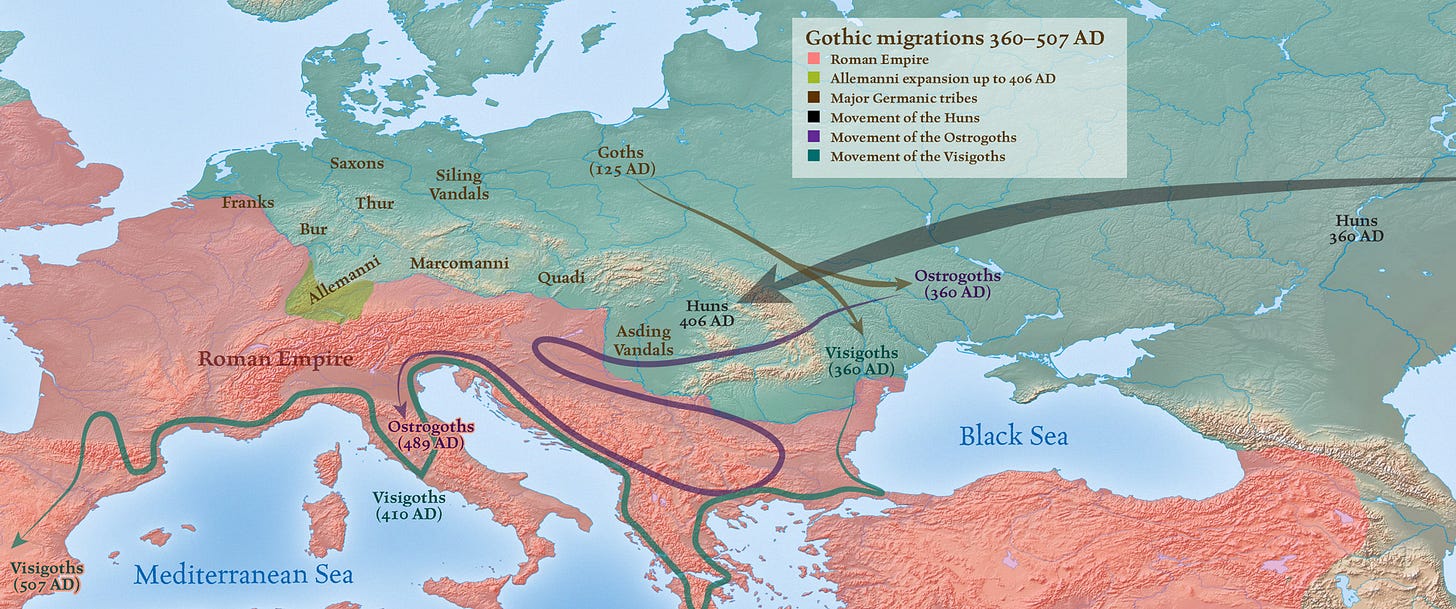
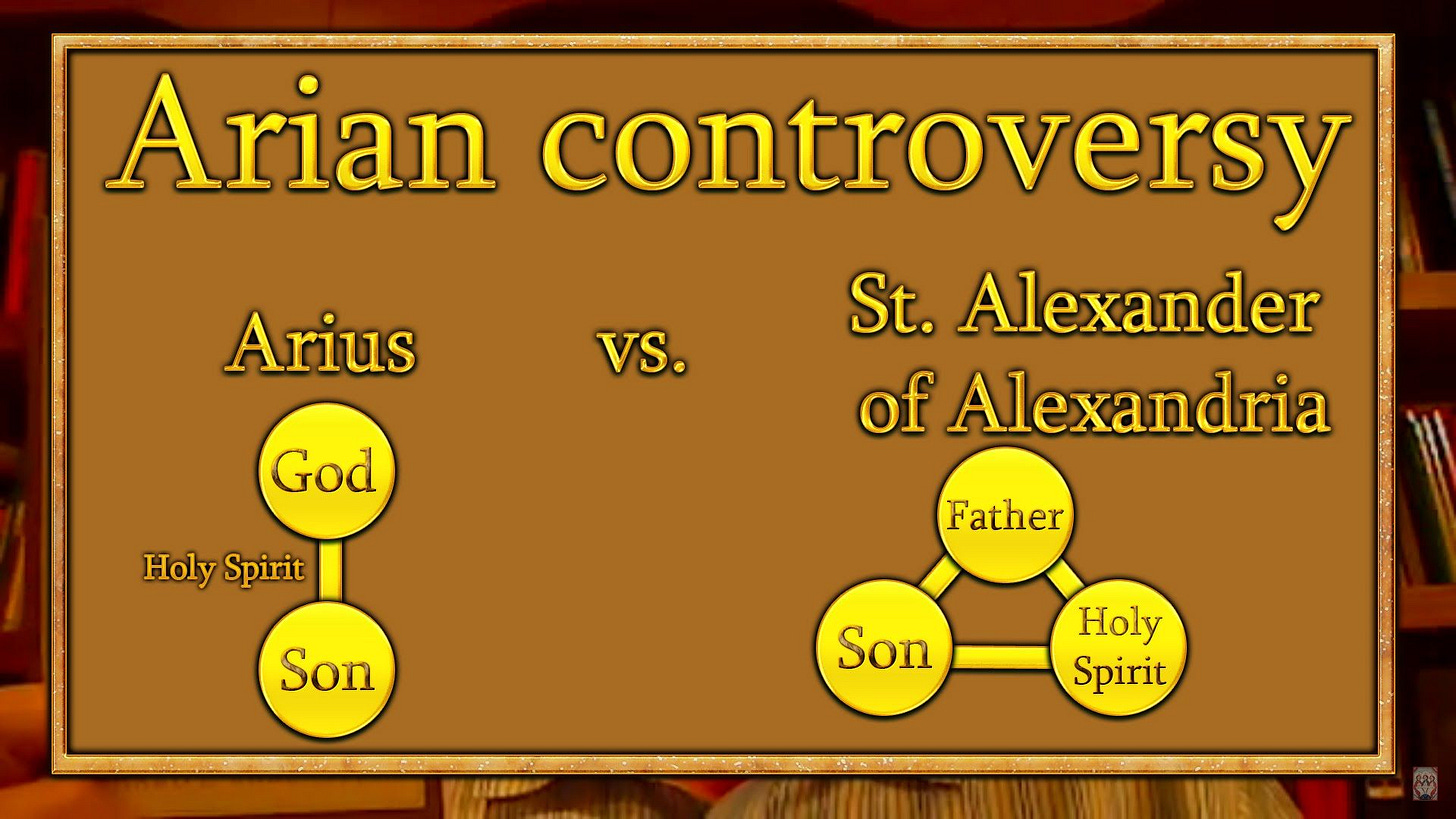
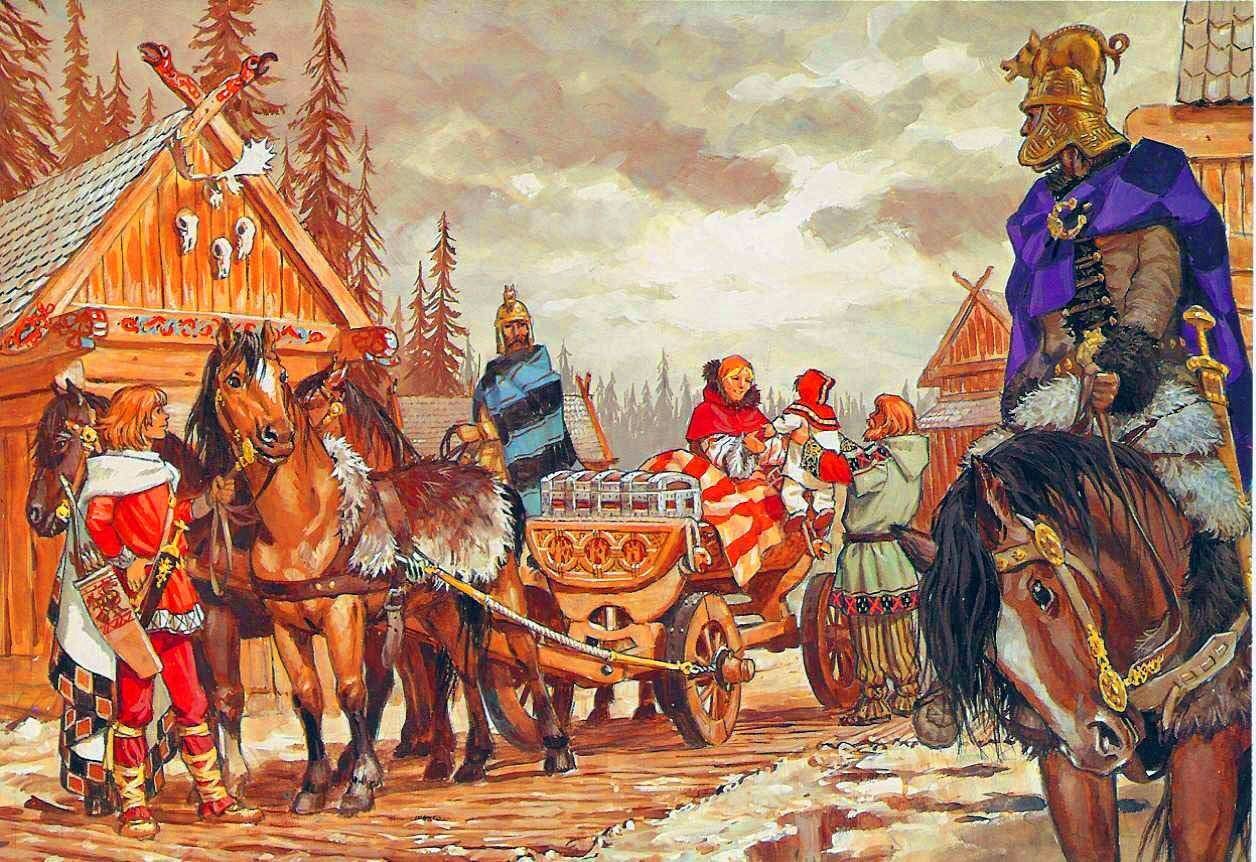

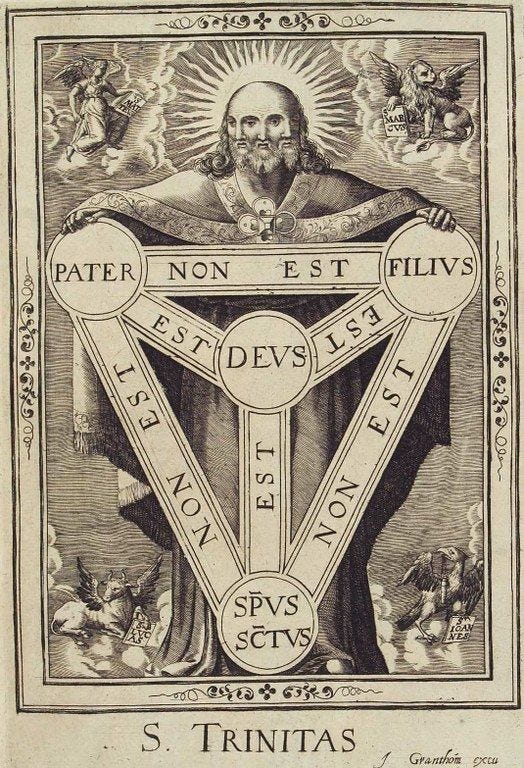
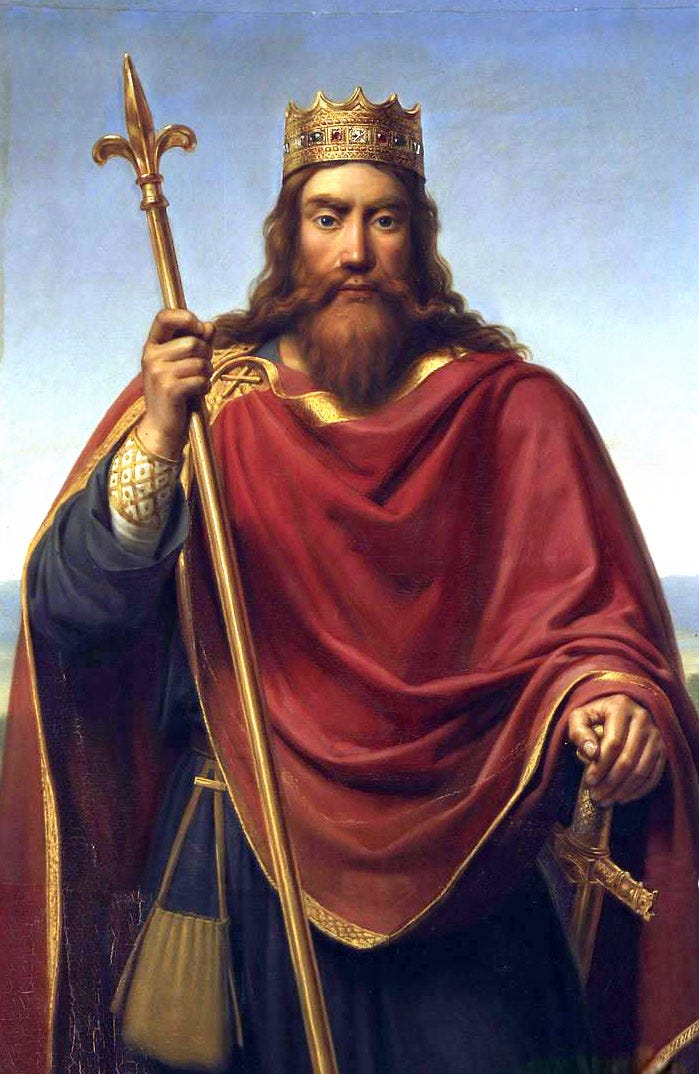
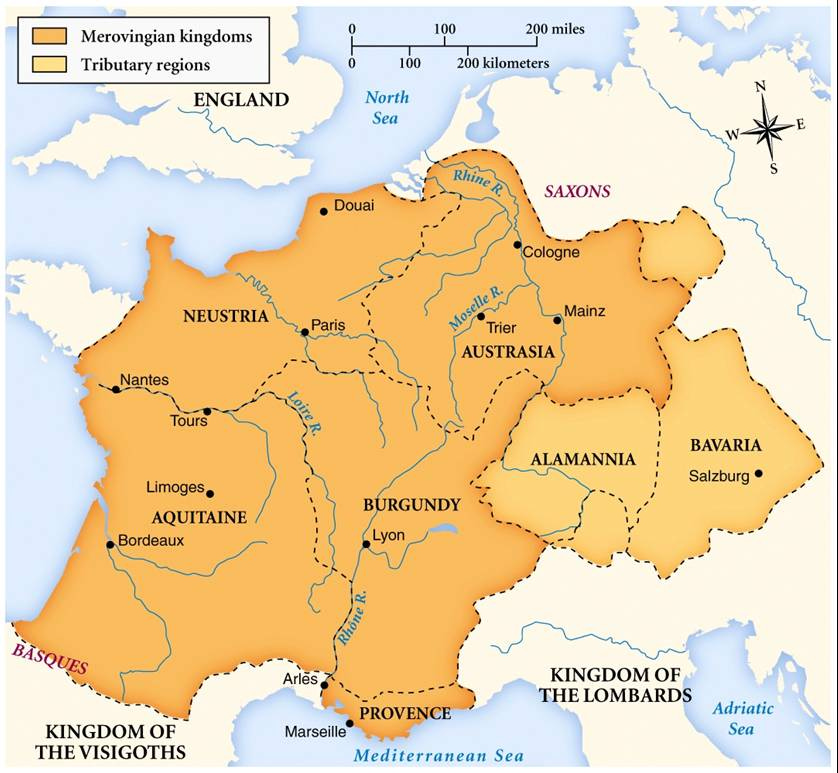
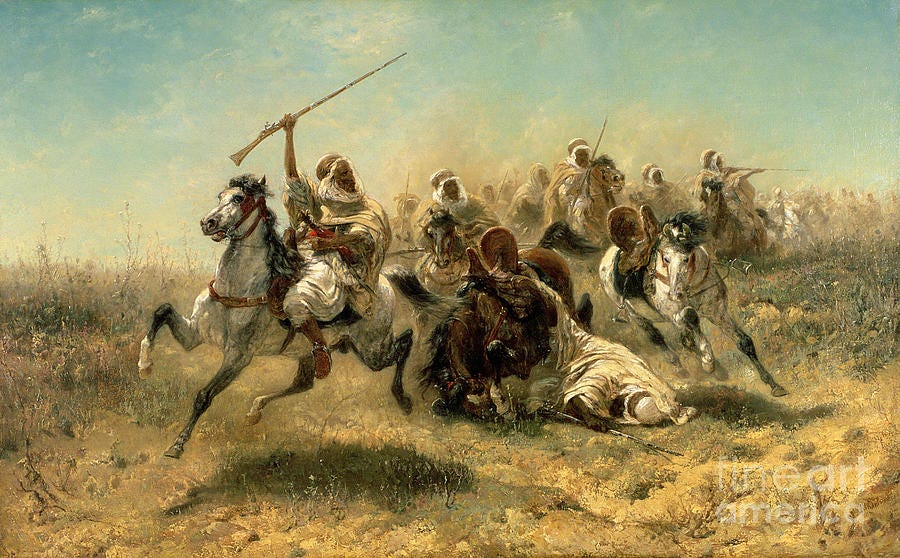
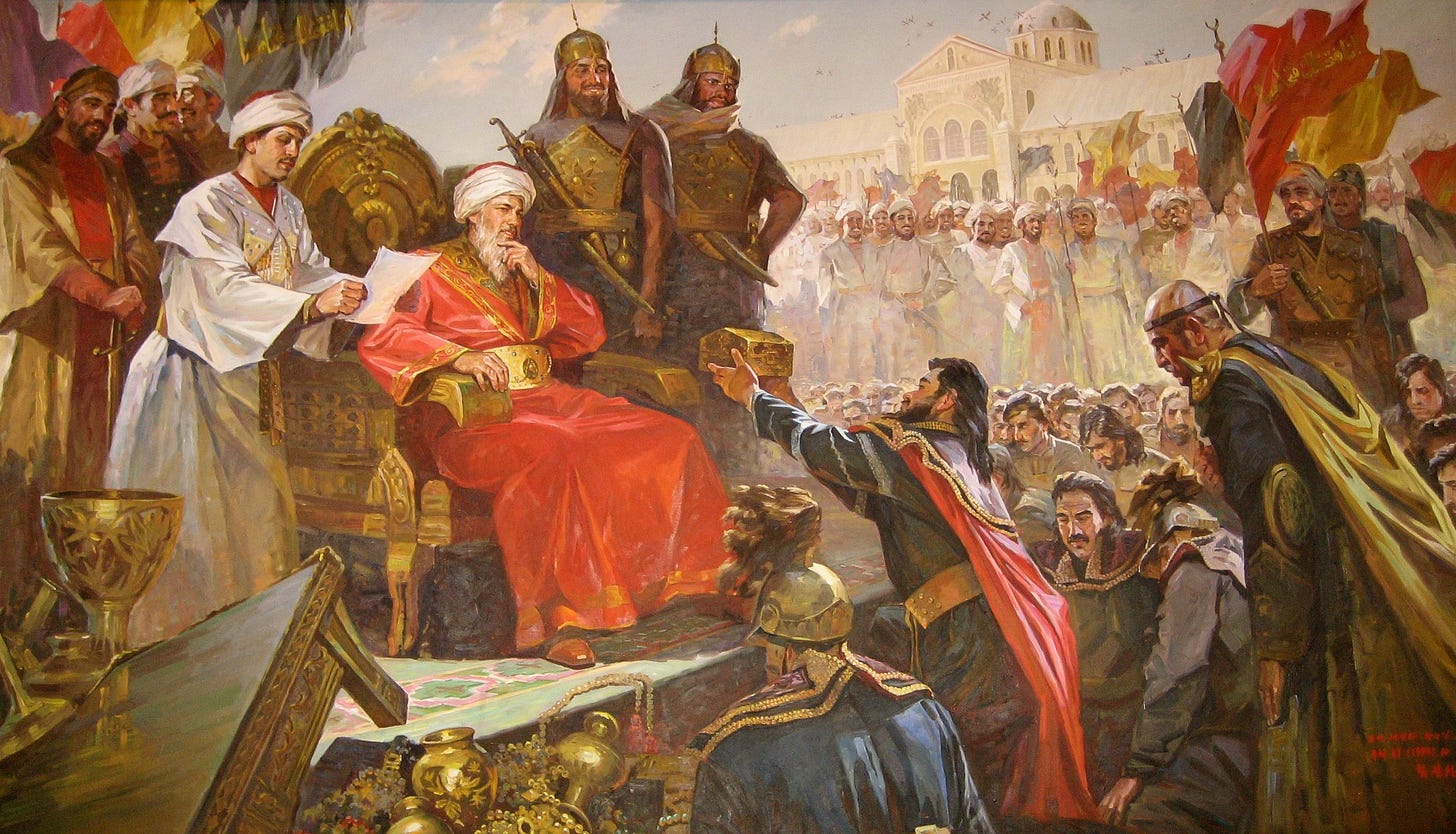
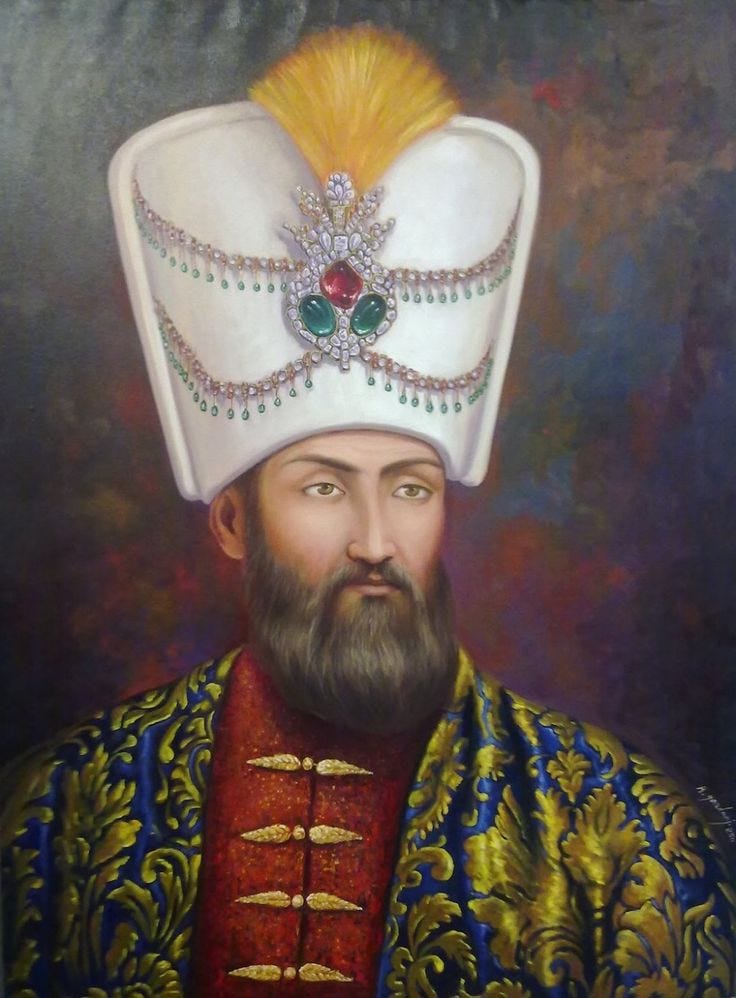
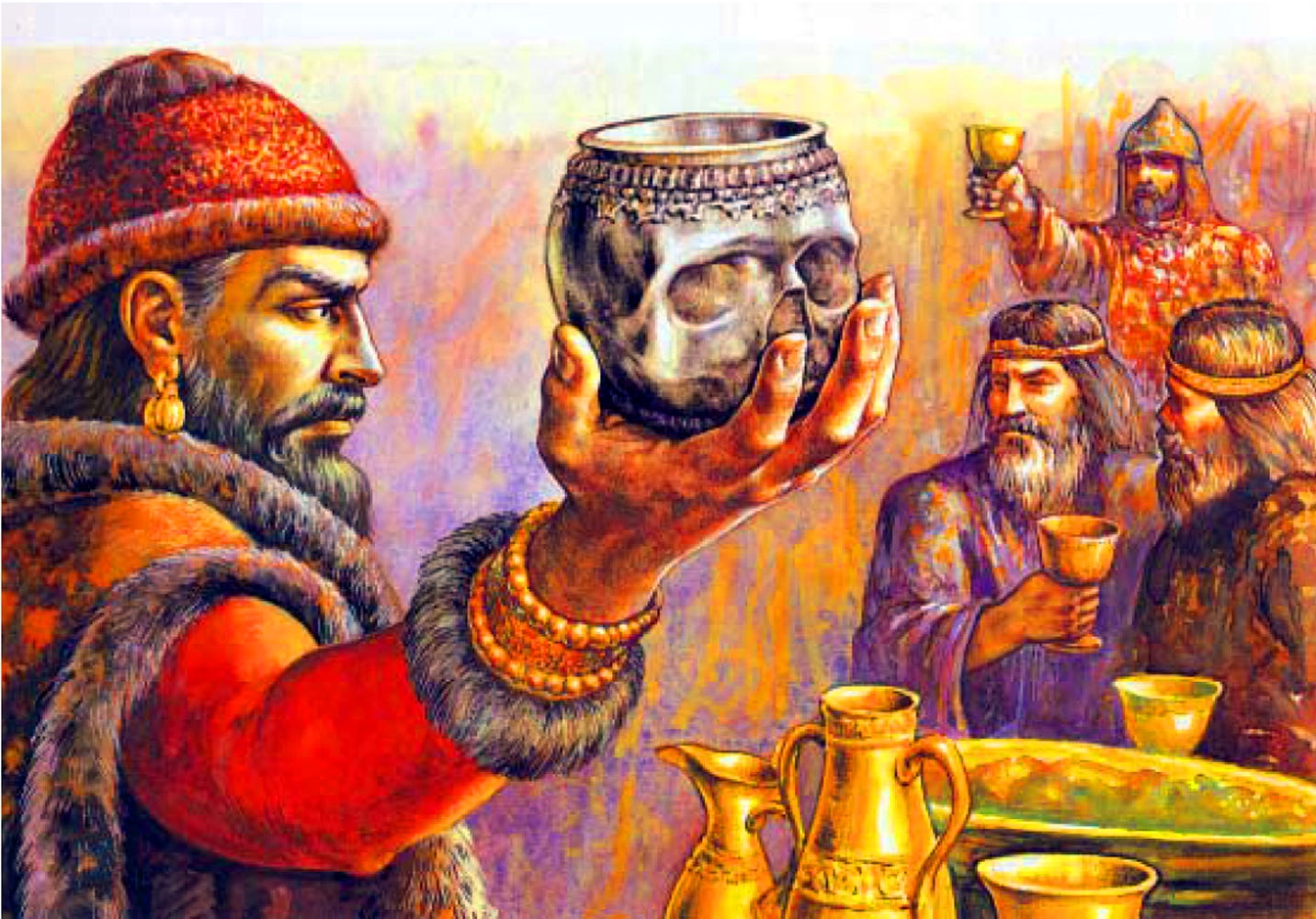
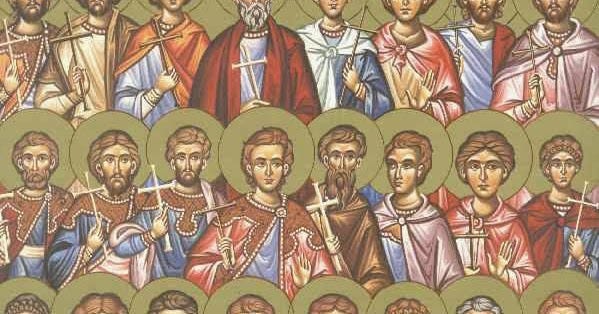
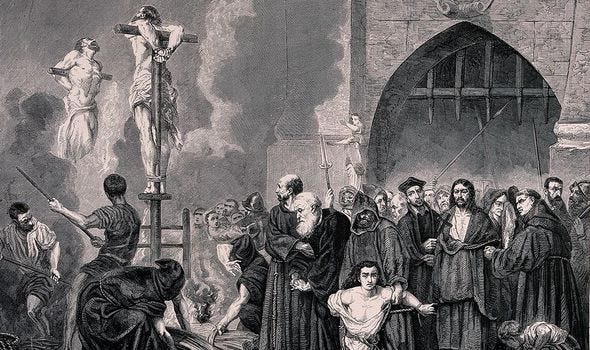
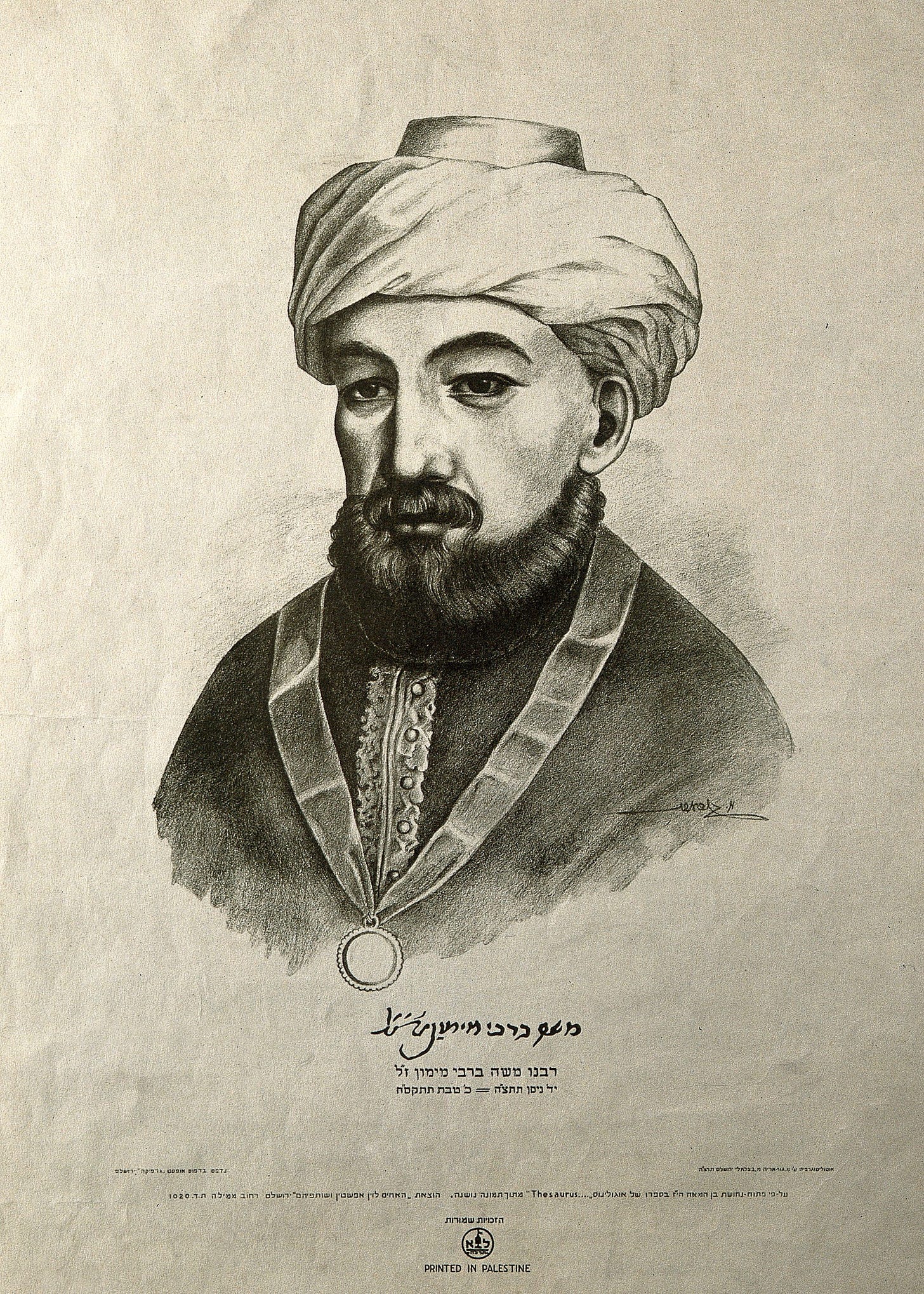
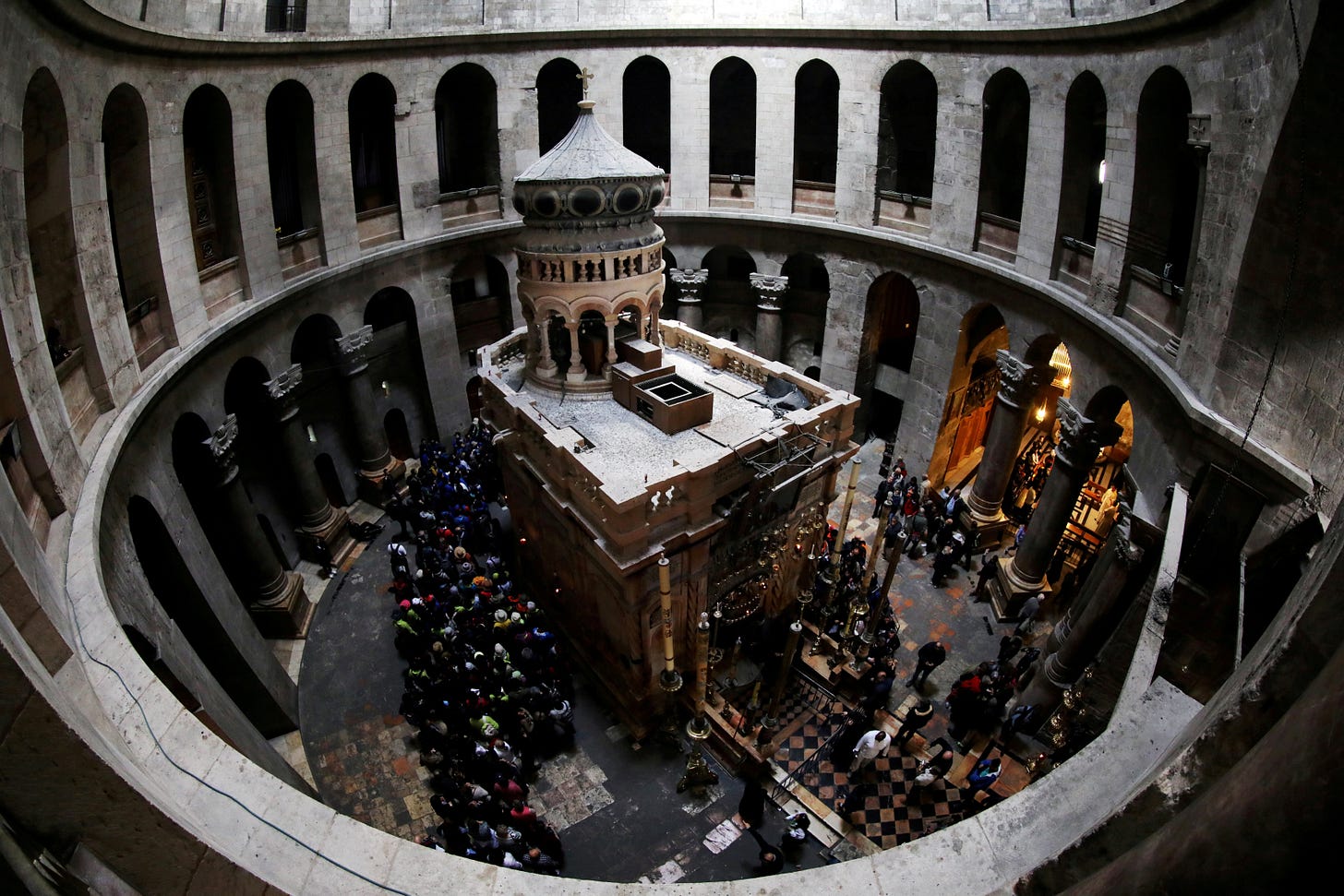
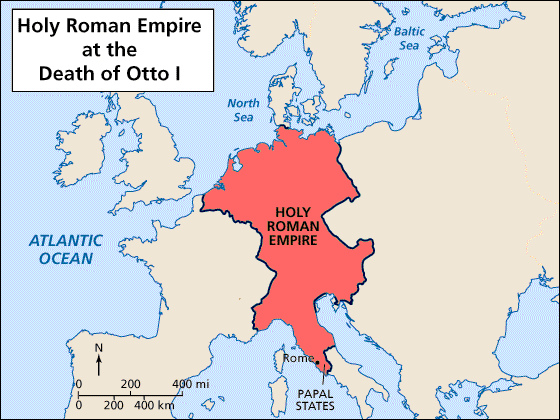
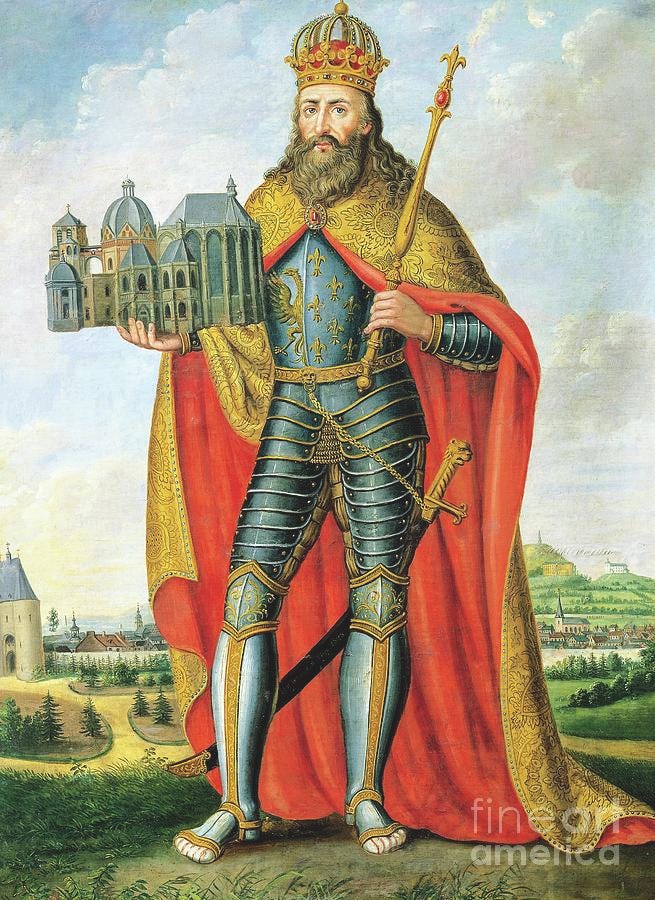
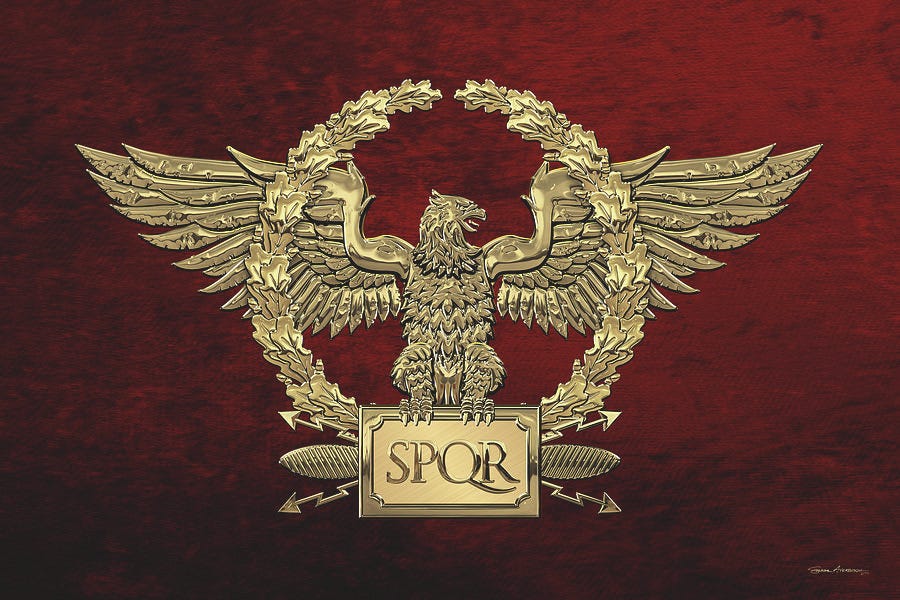
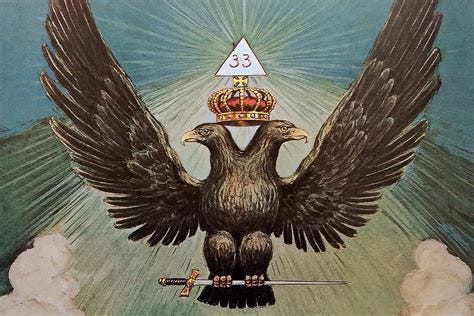

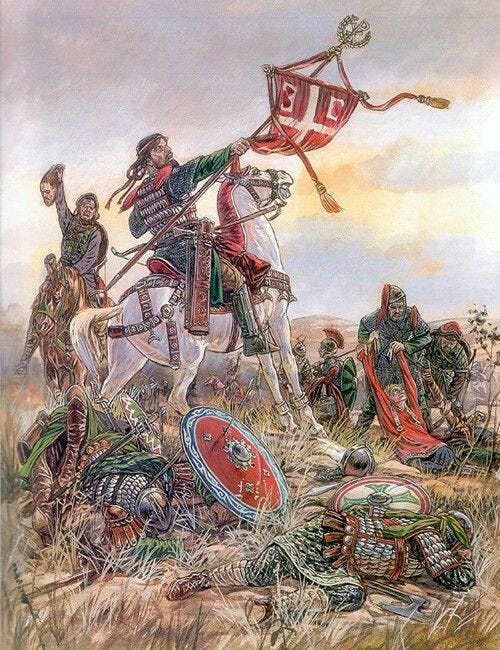
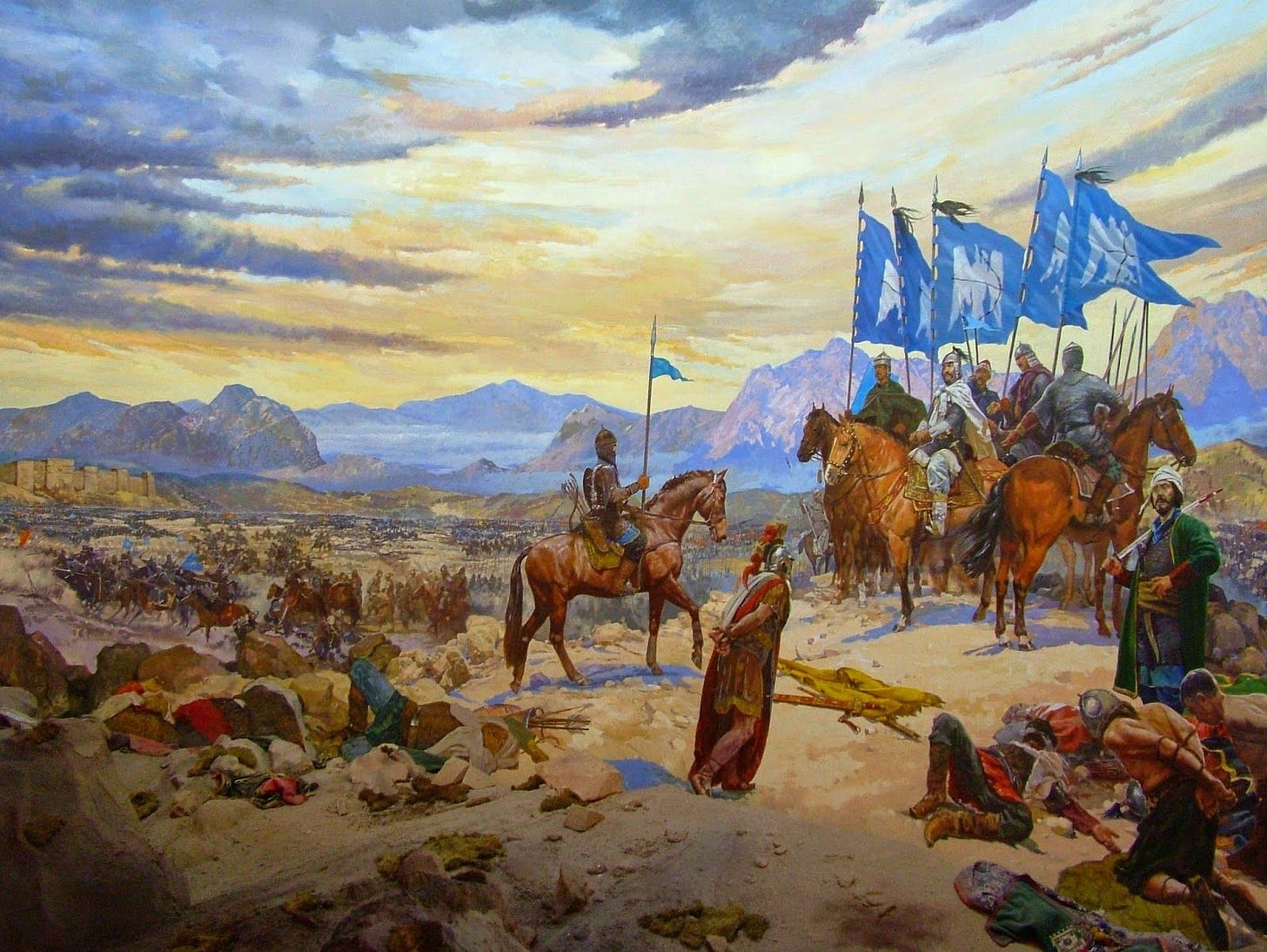
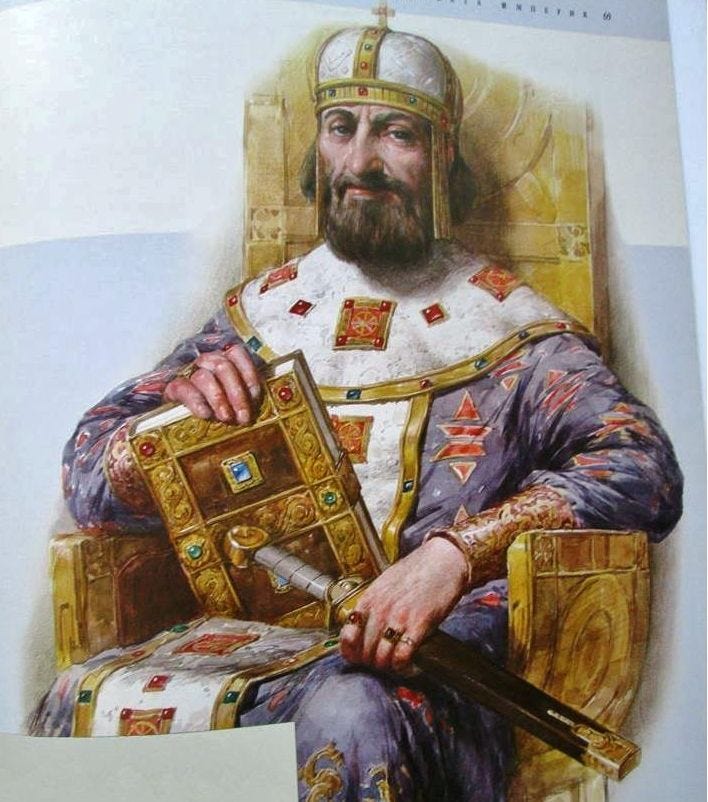
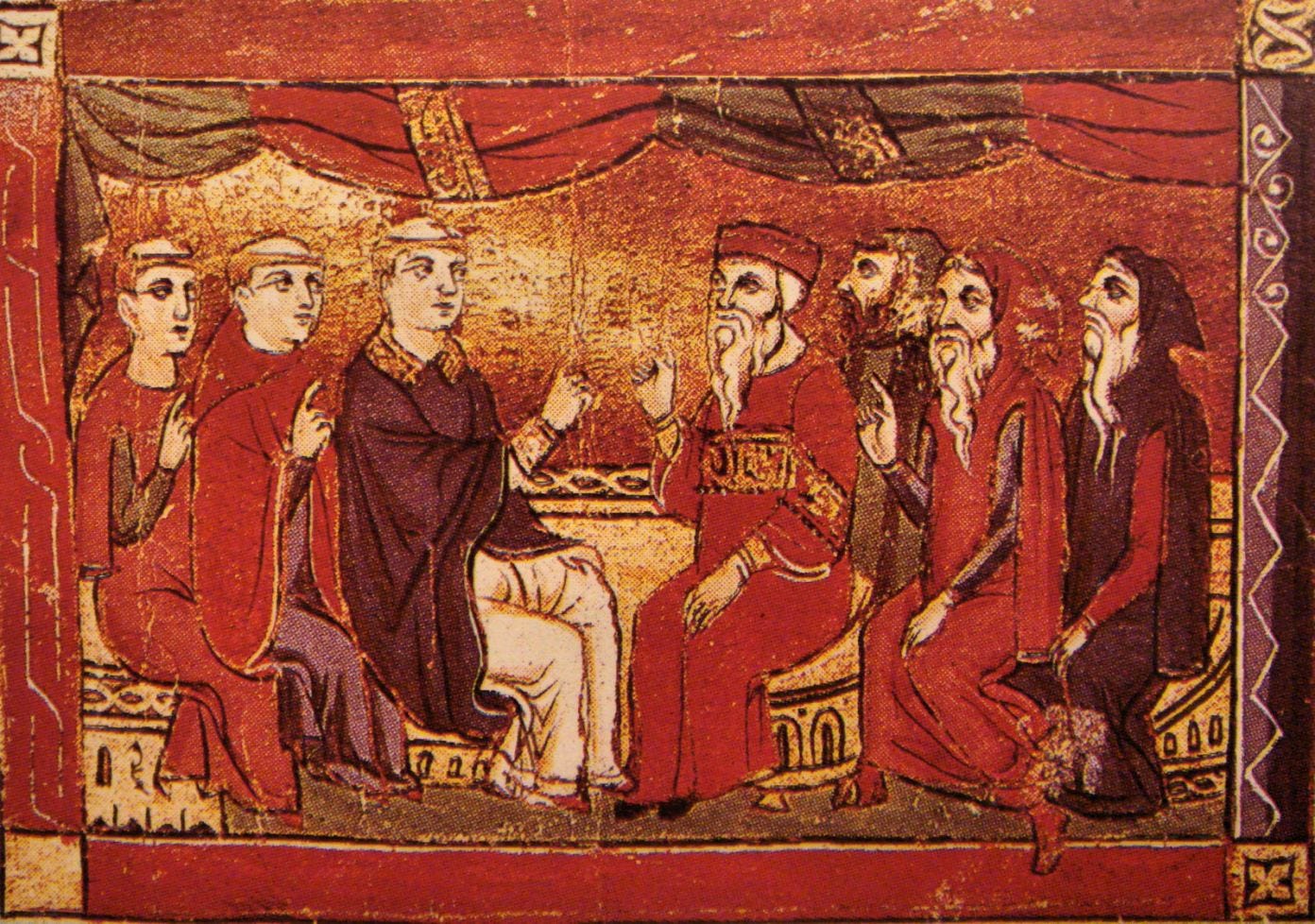
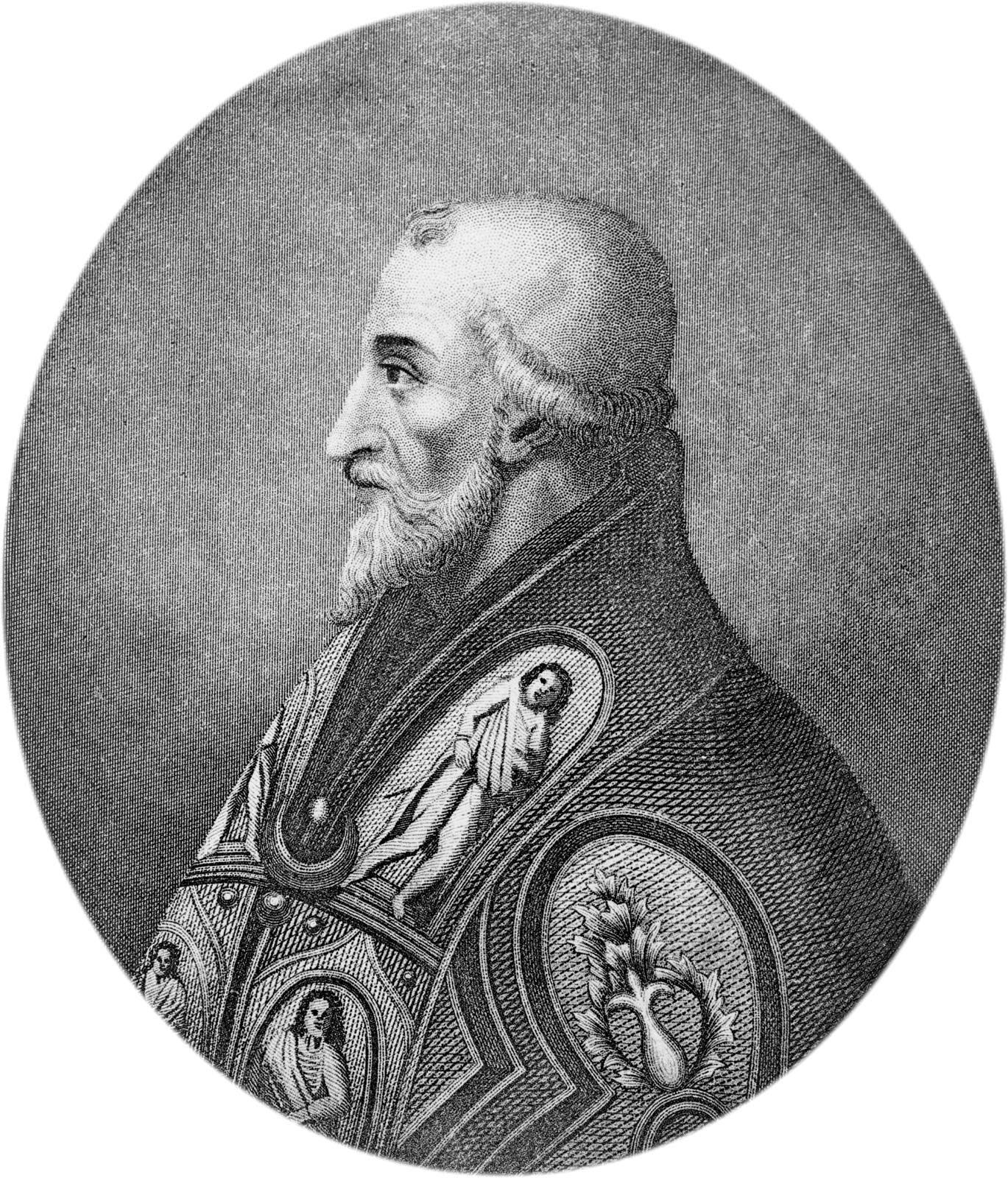
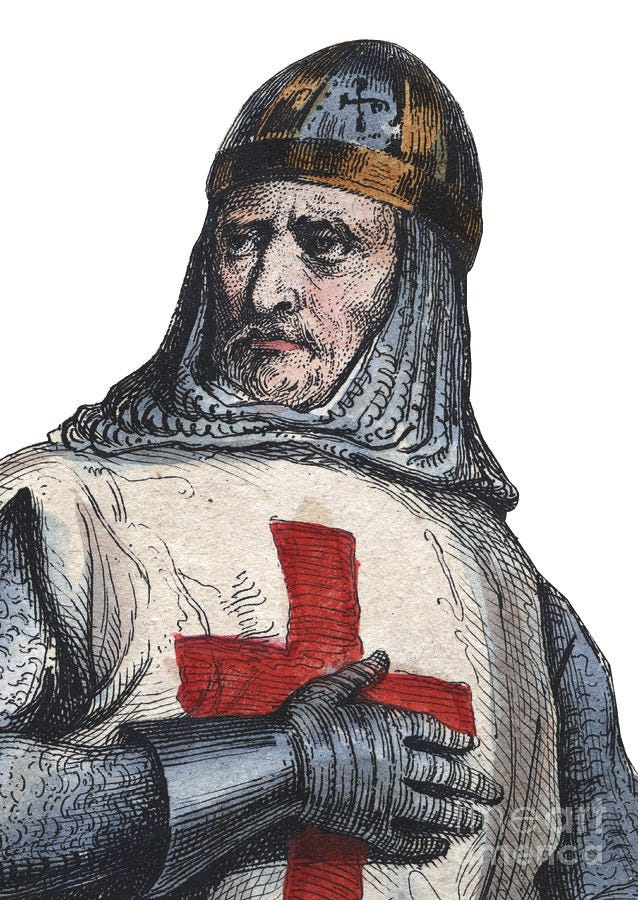
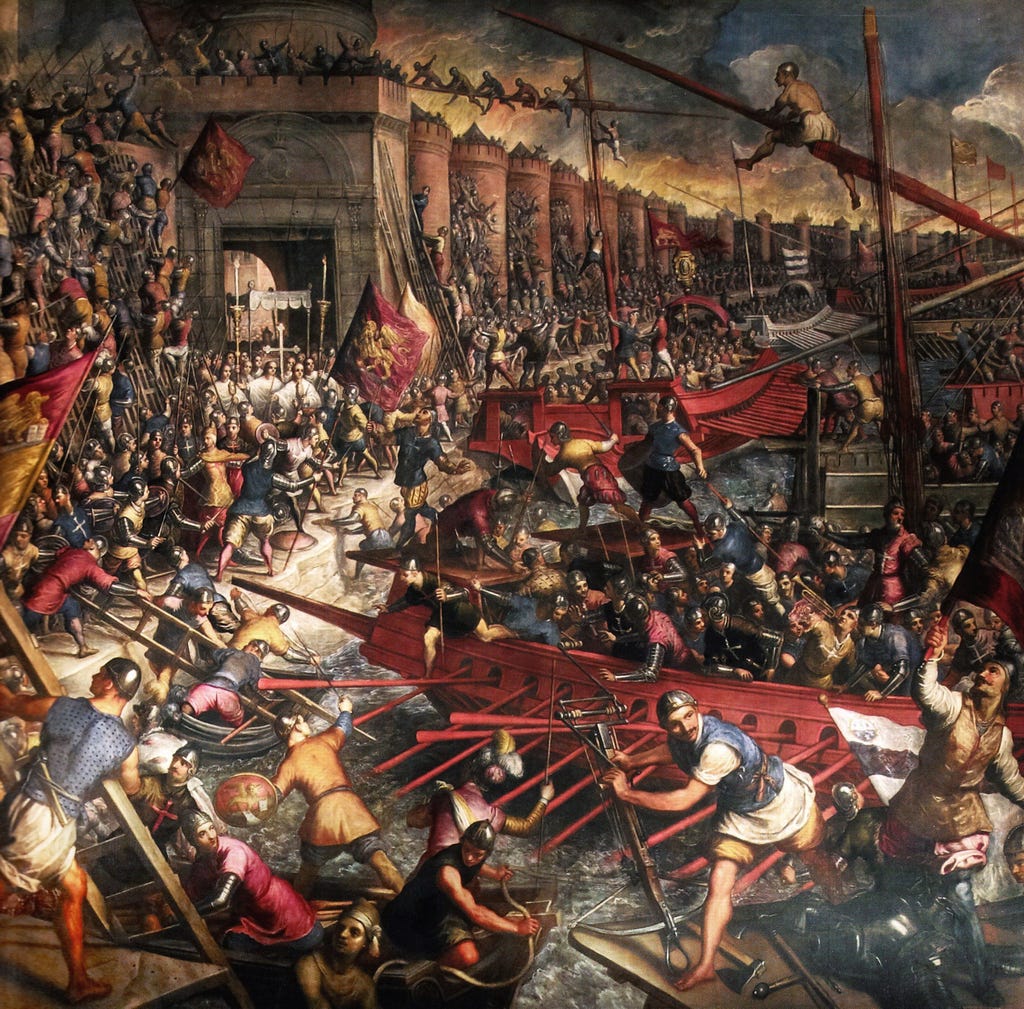
Very interesting. i learned some things today.
Thanks Anon, Great work!!